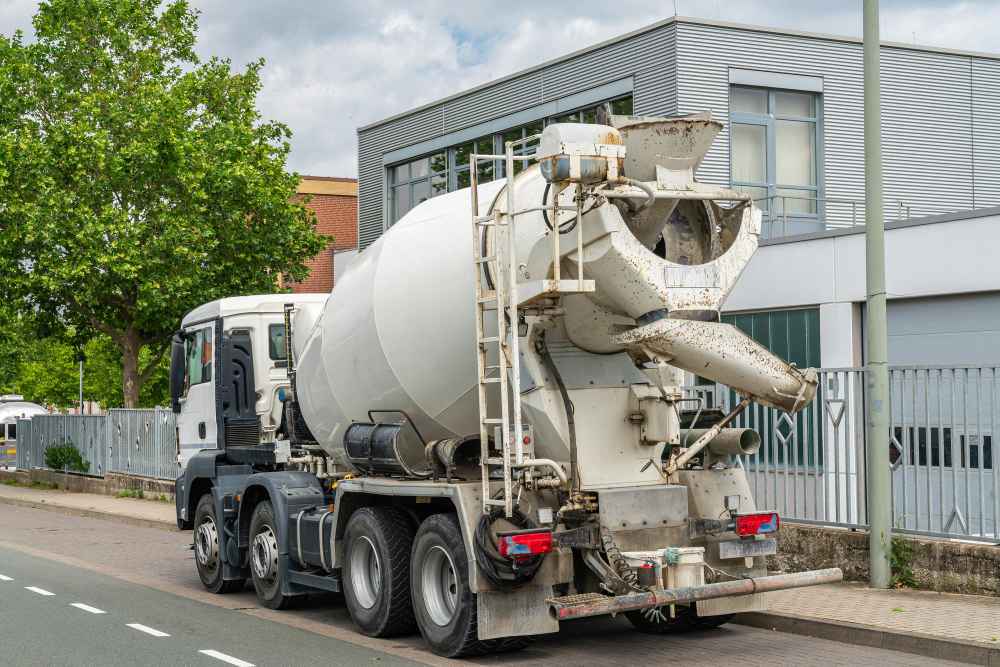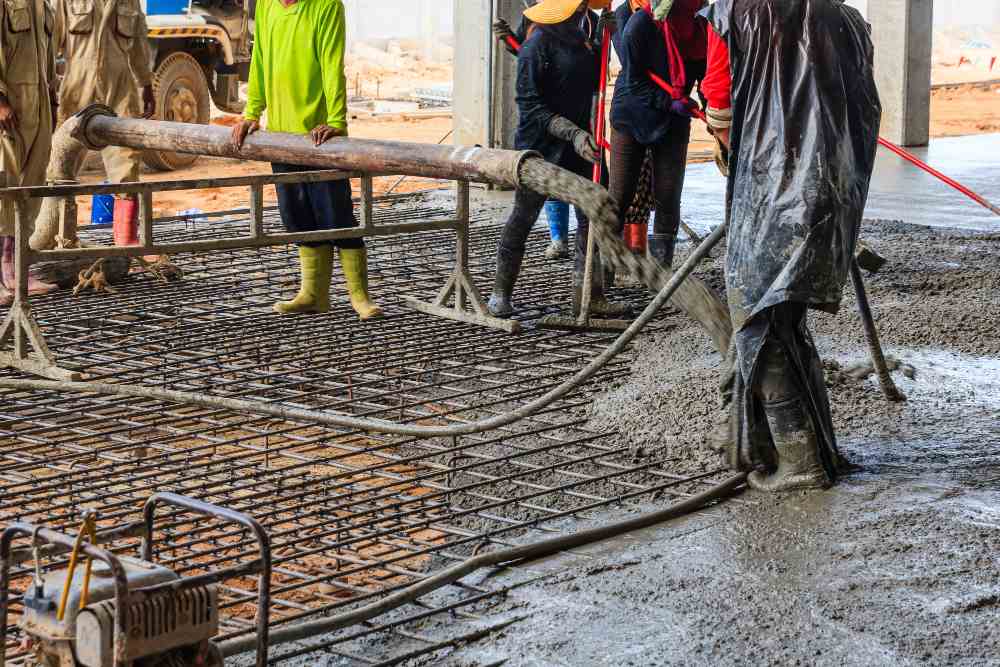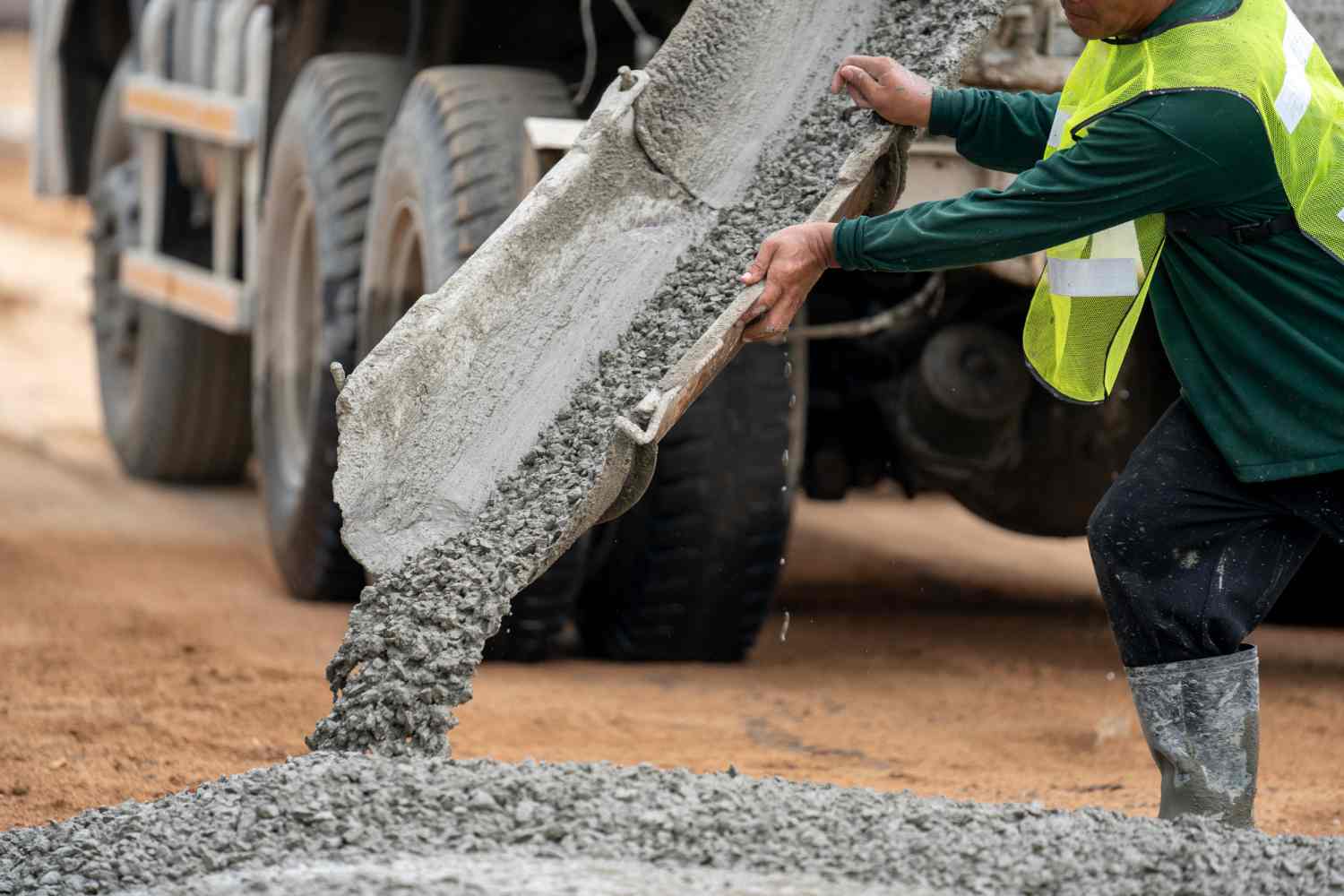Concrete pumps are extremely useful for transporting concrete to hard-to-reach areas, helping to overcome different challenges and obstacles at the construction site efficiently.
This guide includes information about the advantages and types of concrete pumps. You can also learn about the important characteristics and uses of boom pumps and line pumps. In the end, all the information is summarised to help you choose between a line pump and a boom pump based on the unique requirements of your construction project.
There are several benefits of using concrete pumps, such as:
Broadly, there are two types of concrete pumps named as:
You can choose one of these pumps for pouring concrete at your construction site based on your project’s complexity and mode of accessibility to the pouring location.

Generally, a boom pump is mounted onto a truck and is also known as a truck-mounted pump. It has an arm known as the boom that can be easily controlled remotely to deliver and pour concrete at the exact location. This pump efficiently and accurately pours a large volume of concrete even at considerable heights, making it a suitable option for use in large-scale complex construction projects.
The hydraulic arm of the boom pump can be easily raised and lifted over buildings and around other impediments to pour concrete.
A boom pump is one of the most effective options to be used for pouring large volumes of concrete at different commercial sites. Therefore, it can be used to pour concrete for several construction projects, such as:

A line pump, also known as a stationary pump, has a long hose and can be mounted onto a truck or a trailer. The hose is securely attached to the pump for efficient delivery and pouring of concrete exactly where it is required. This pump is suitable for use in small-scale domestic projects to pour concrete on horizontal surfaces.
This pump can be conveniently laid on the ground or on different ramps around the buildings to pour concrete efficiently in all hard-to-reach areas.
A line pump is suitable for pouring small volumes of concrete at small-scale construction sites or domestic building projects. Therefore, it can be conveniently used to pour concrete to build different structures, such as:

There are several factors to consider while choosing between a boom pump or a line pump for your construction project. You need to consider the project’s schedule, your budget, weather conditions, and the level of complexity involved in your building project.
If you have restricted time yet more budget to work on a large-scale commercial project, then you should choose to use a boom pump. This pump has a large concrete carrying capacity with a faster delivery output, which helps you complete your project quickly and timely. Moreover, boom pumps also work efficiently in cold climates, making them suitable for use at construction sites where low temperatures persist.
On the other hand, if you have a limited budget and sufficient time to complete your construction project, then choosing a line pump will be a wise decision. It is a cost-effective option for pouring concrete in difficult-to-access areas. Additionally, you can use a line pump at construction sites with favourable climatic conditions to ensure smooth concrete pouring and project completion.b
A boom pump uses a robotic arm (boom) to deliver concrete with precision at height or distance, making it ideal for large-scale and high-rise projects. A line pump, on the other hand, is better suited for smaller, ground-level jobs and uses flexible hoses to deliver concrete. We offer both types depending on your project requirements.
With a boom pump, concrete can be pumped up to 70 metres vertically and over 200 metres horizontally. Line pumps can reach around 150 metres horizontally, depending on the setup and hose diameter. Our experts will assess your site and recommend the best solution to reach even the most challenging locations.
Yes, it’s important to ensure the site is accessible, level, and free from obstructions. There should be enough space for the pump vehicle to park and operate safely. If you’re unsure about access or clearance, our team can provide advice or arrange a pre-site visit.
The duration of a concrete pumping job depends on the volume and complexity of the pour. In general, a typical residential pour can be completed in under two hours. Our efficient service aims to minimise downtime and keep your construction project on schedule.
Yes, concrete pumps can operate in light rain and mild weather conditions, but heavy rain, high winds, or frozen ground may delay or halt operations for safety reasons. We always monitor the forecast and keep you informed of any possible schedule changes.
Yes, all our pump hires include a trained and experienced operator who will handle the equipment and ensure concrete is placed efficiently and safely. They’ll also help guide you through the process on-site, ensuring a smooth pour every time.
Ready Mix Concrete London (Trading as Pro-Mix Concrete Ltd)
Copyright © 2025 | Ready Mix Concrete London (Trading as Pro-Mix Concrete Ltd) | All Rights Reserved.